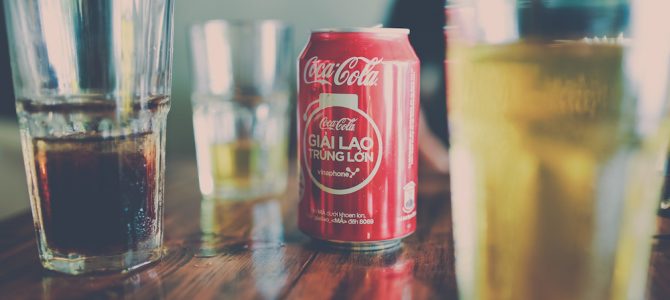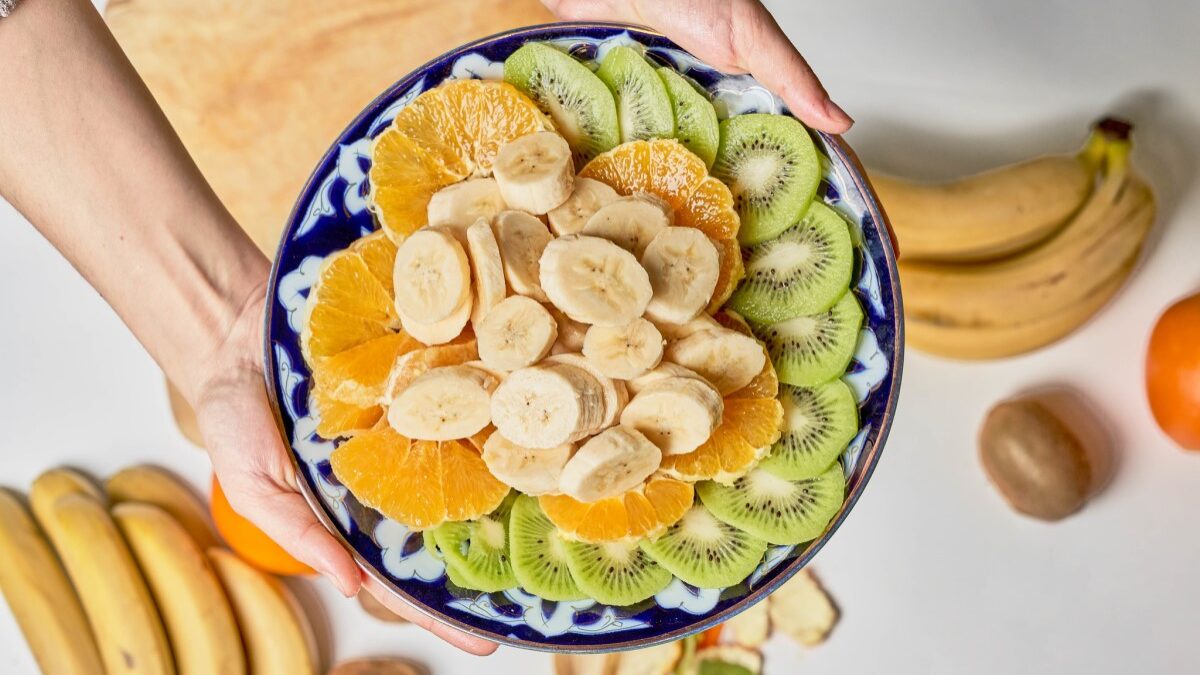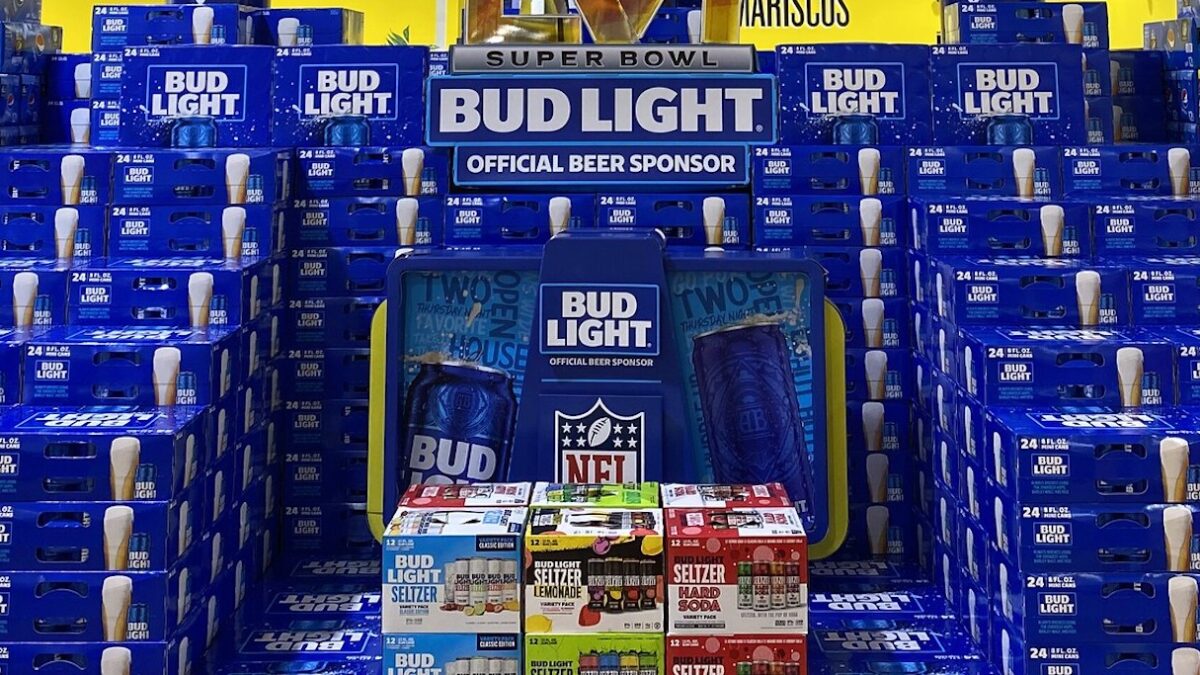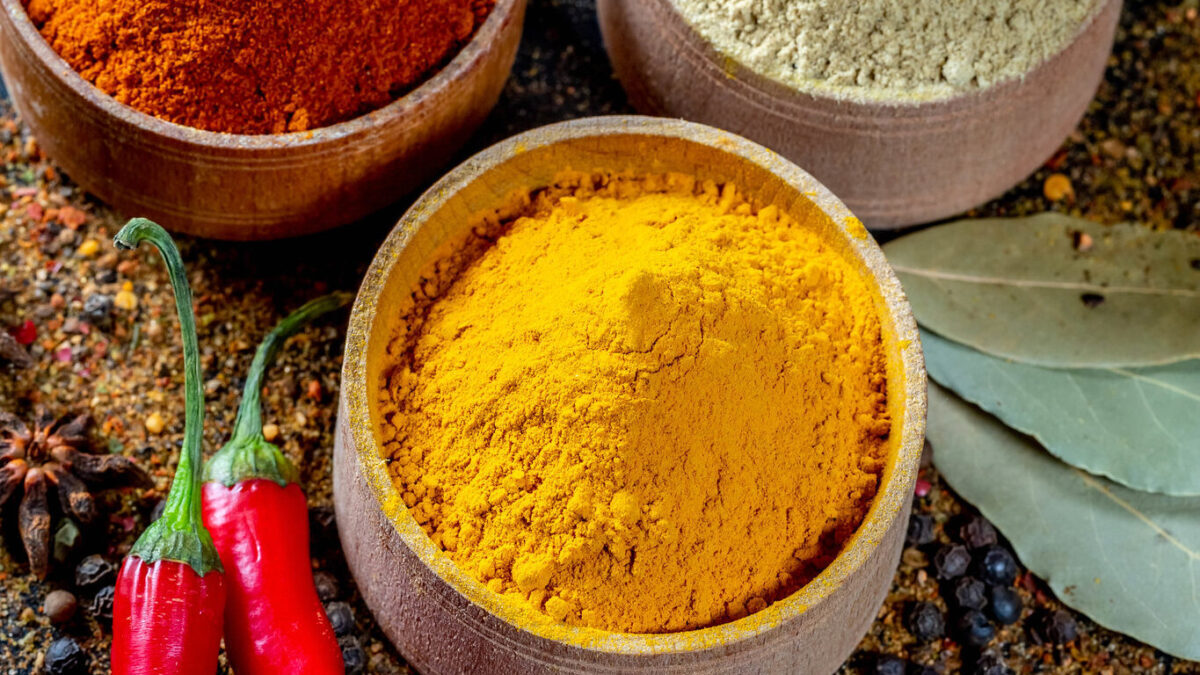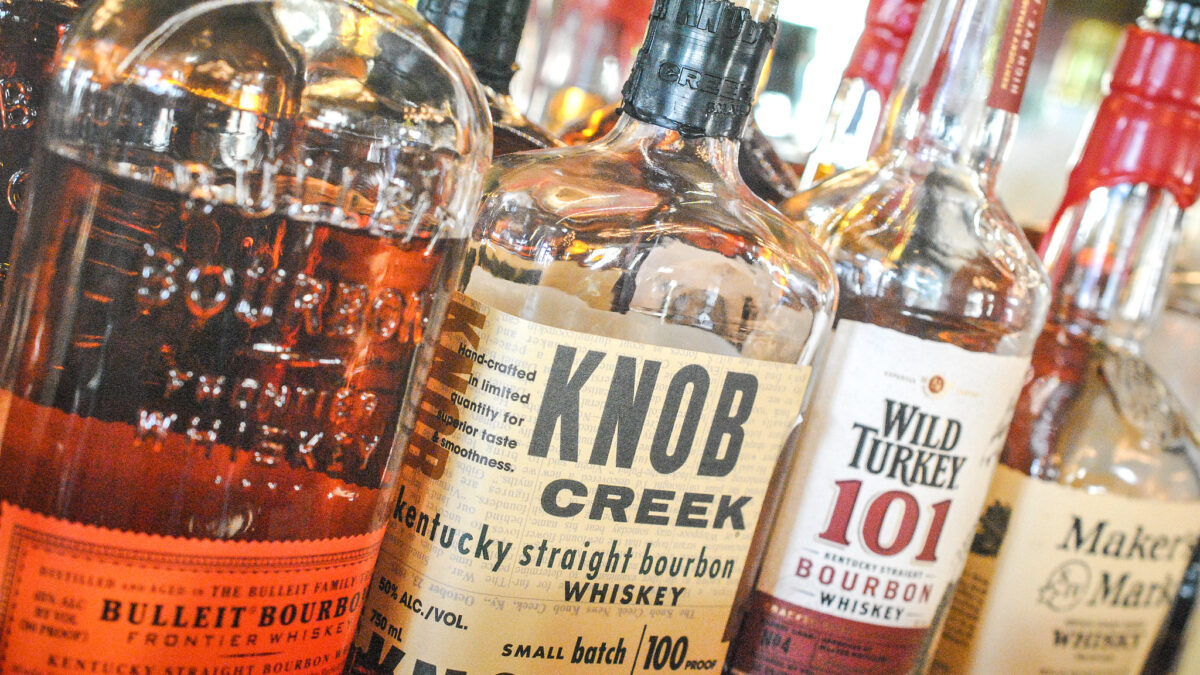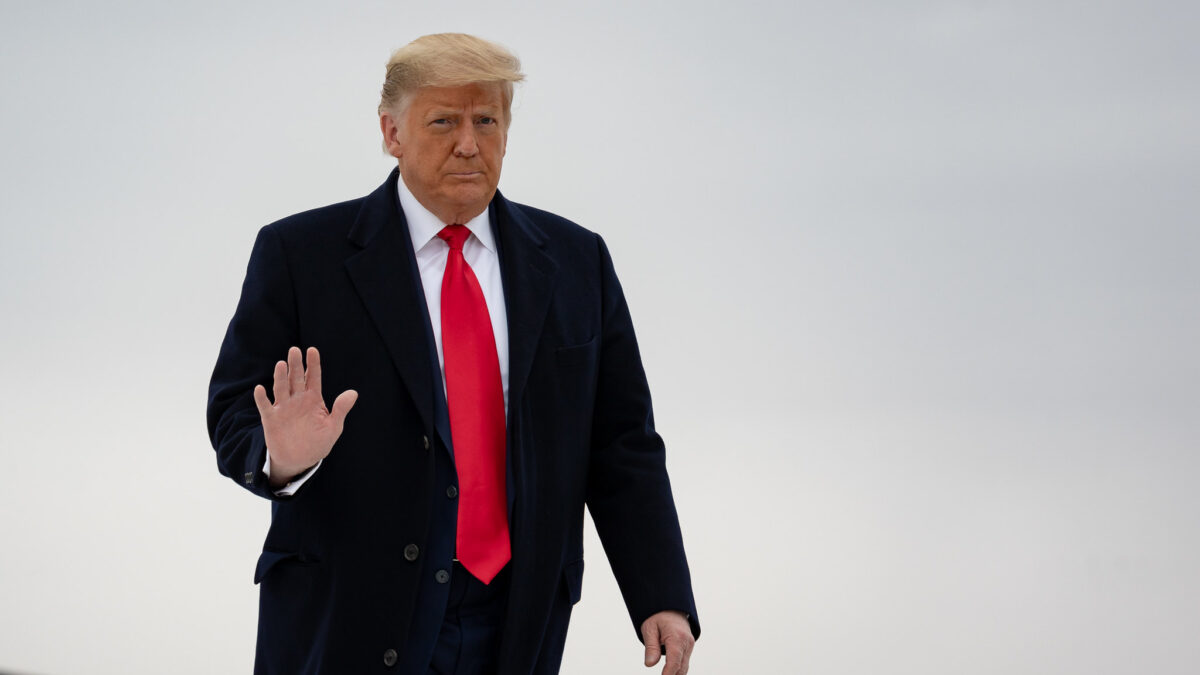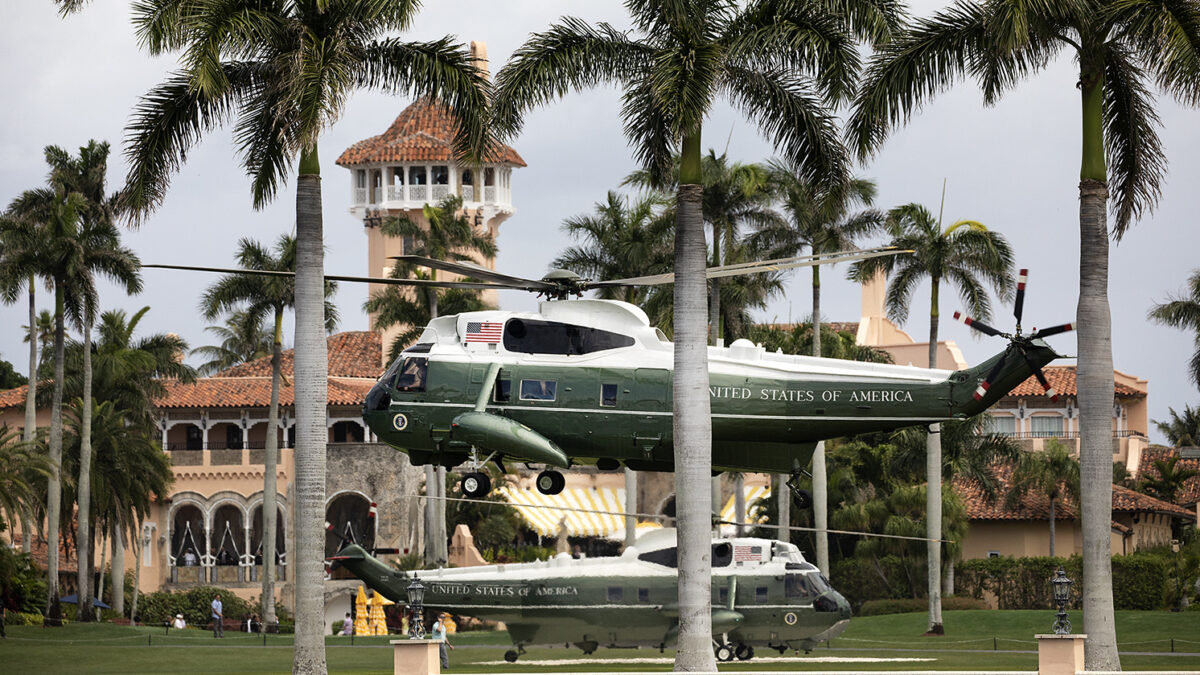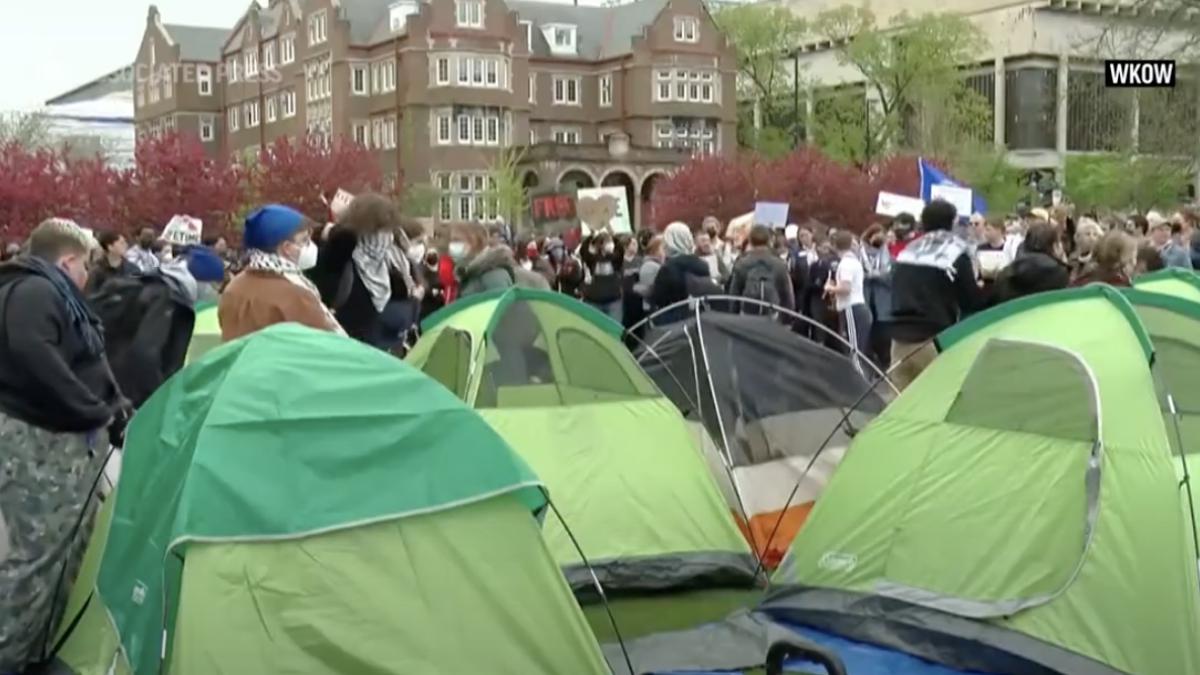New data from the U.S. Department of Agriculture reveals food stamp recipients spent more money on sweetened beverages than they did on fruits, vegetables, bread, cereal, or milk.
The USDA analyzed transactional data from a leading grocery store in 2011 and found that Supplemental Nutritional Assistance Program (SNAP) households spent a greater percentage of money on unhealthier foods than those who didn’t use taxpayer funds to pay for their groceries.
SNAP recipients spent more money — more than $1.9 billion total — on sweetened beverages, frozen prepared foods, desserts, high-fat dairy, and salty snacks than they did on fruits, vegetables, milk, bread, and crackers, which totaled nearly $1.4 billion.
For both SNAP households and non-SNAP households alike, the biggest expenditure was meat, poultry, and seafood, but things start to get very different very quickly when moving down the categorized list in the USDA study. The second largest expenditure for SNAP households was sweetened beverages, whereas the second largest expenditure for non-SNAP households was vegetables.

SNAP households spent 7.2 percent of their money on vegetables, while non-SNAP households spent 9.1 percent of their grocery money on this category of food. When comparing fruit purchases, the gap widens slightly: SNAP households spent 4.7 percent on fruits, and non-SNAP households spent an averages of 7.2 percent in the same category.
During President Obama’s tenure, the numbers and percentages of Americans using taxpayer’s money to buy their groceries has drastically increased. SNAP participation has increased 78 percent in the past ten years and remains near its all-time high, which occurred in 2013. Food stamp usage also dramatically increased during President George W. Bush’s tenure, even though it did not see a recession like the one that occurred near the beginning of Obama’s eight years in office. That’s because Bush signed a dramatic expansion of food welfare inside a farm bill. This expansion, among other things, made it easier to sign up and made non-citizens eligible to use U.S. taxpayers’ funds to fund grocery excursions.
The recent USDA study only looked at data from one grocery store retailer. It did not examine how SNAP funds were spent at convenience stores, which presumably would have significantly increased the amount of unhealthy foods purchased with taxpayer dollars.
Purchasing large quantities of unhealthful foods aren’t the only way recipients misuse SNAP funds. While it’s illegal to use these funds to purchase alcohol, Watchdog.org found that nearly $25,000 in cash was withdrawn from ATMs inside liquor stores in the state of Florida during one year alone. Similar stories emerged from New Mexico, Kansas, New York, and Tennessee.
Everyone ought to have the freedom to decide what food to put into his or her body and make his or her own decisions at the grocery store. That people purchased junk food or may have purchased liquor and cigarettes isn’t the issue. The problem is that a taxpayer-funded program that is supposed to provide nutritional assistance for those in need so they don’t starve or become malnourished is instead used to purchase a lot of expensive, unhealthy convenience foods for a population that is more likely to be obese.
